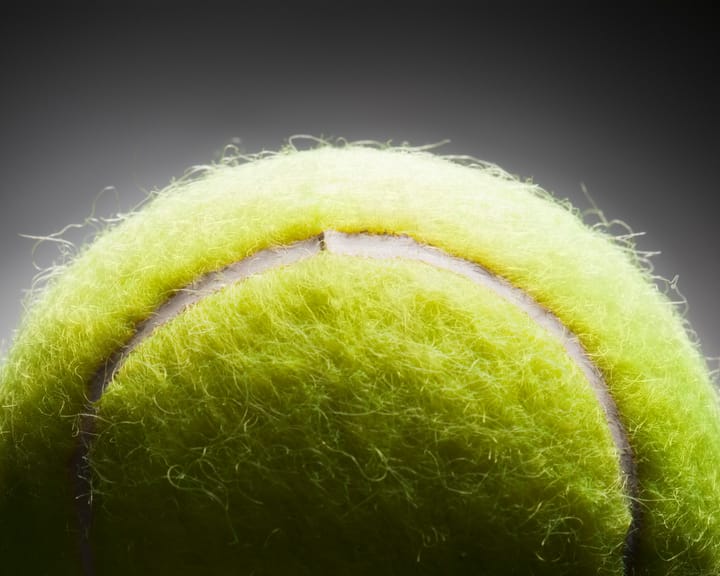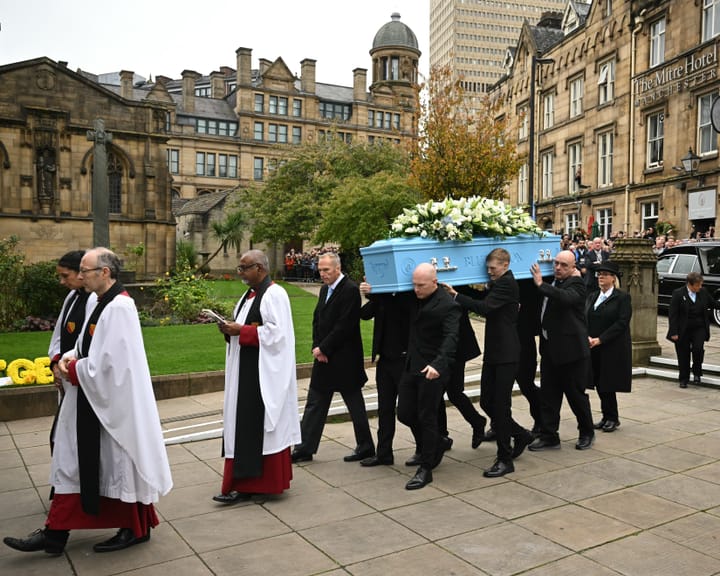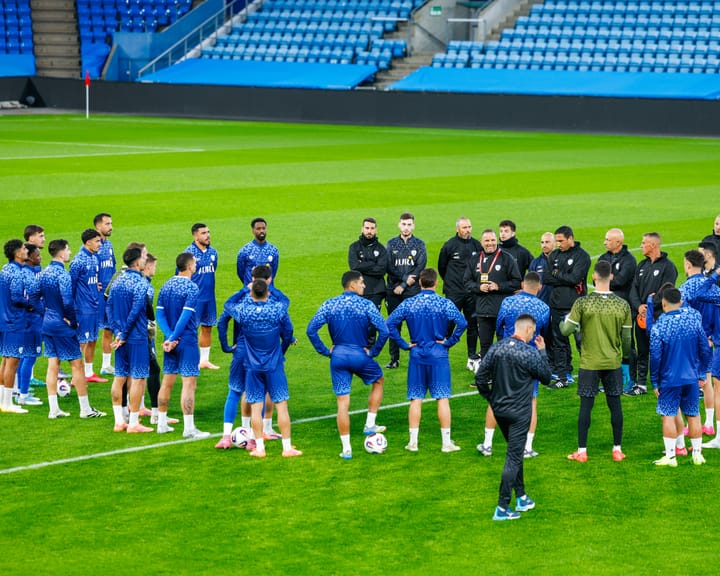Tennis Players' Late-Night Doping Test Ordeals
During a playful phase of his youth, a 21-year-old Gaël Monfils once returned home after a late night out at 5:45 a.m. and dozed off shortly after. Moments later, a doping control officer arrived at his door. "I was half-dead in bed, barely awake, and suddenly I hear someone knocking," Monfils recalled with amusement.
Elite tennis players must provide their whereabouts for one hour daily under anti-doping rules, allowing authorities to conduct surprise tests. Most athletes, including Monfils, choose 6 a.m. as their designated time, ensuring they are at home or in their hotel.
That morning, Monfils took an unconventional approach. "I told him, 'No way I can pee right now. But since you need to stay with me, come inside.' I set up a chair for him. 'Sorry, I need to sleep—no idea when I’ll wake up, but you can keep an eye on me. It’s not that I’m refusing. I’ve been out all night and just went—I can’t do it now.'"
His nap lasted longer than expected. "I woke up at 3 p.m., and the guy was still there on his phone. 'Hey, man,' I said. Finally, I peed. He waited **ten hours**—he could’ve taken everything in my place!"
Beyond matches, training, and travel, tennis players must comply with strict anti-doping regulations. Once selected, athletes must provide a sample under supervision, regardless of how long it takes.
If a doping control officer arrives outside the scheduled hour, players must return immediately. Czech teenager Jakub Menšík once had to leave his high school graduation for a test, taking three hours to produce a sample. Taylor Fritz, after a long flight to Shanghai, was stopped in his hotel lobby. "The guy stayed in my room while I napped in 10-minute bursts because of jet lag. I kept waking up trying—and failing—to pee."
Officials must watch closely as athletes provide samples, adding another layer to the already demanding routine of professional tennis.
Read next

"Fluffed Up: How Modern Tennis Balls Lead to Frustration and Injury"
Daniil Medvedev quickly realized he was in a difficult position at Roland Garros. Facing Britain’s Cameron Norrie in the opening round, he struggled to find his rhythm.
With his chances of progressing in one of the sport’s most prestigious events slipping away, the 29-year-old decided on an unusual

Manchester bids heartfelt farewell to beloved boxer Ricky 'the people's champion' Hatton
Thousands Gather in Manchester to Honor Ricky Hatton, Former World Champion Boxer
A large crowd filled the streets of Manchester on Friday to celebrate the life of Ricky Hatton, the former world champion boxer who passed away last month at the age of 46.
Hatton was widely admired in the

Heightened security and political strain loom over crucial Norway vs. Israel World Cup match
This will be the most heavily secured sports event in Norway since the 1994 Winter Olympics. Strict security measures are in place across Oslo, with a no-fly zone enforced over Ullevål Stadium. Amid the heightened precautions, it might be easy to overlook that Norway’s national team is close to

